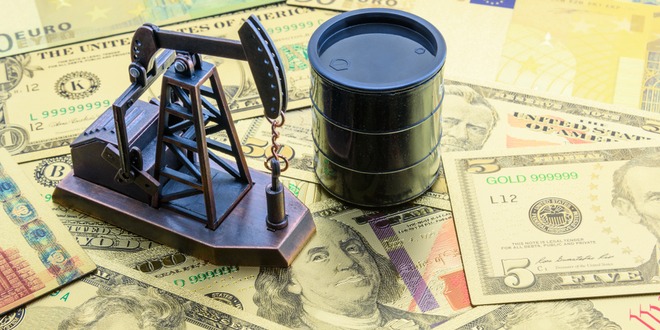Russian President Vladimir Putin said to ministers that Russia is at the moment adhering to its obligations on energy exports, noting that it is surprising that “we are doing this”.
Regarding the US ban on Russian oil imports, Putin noted that inflation in the US is surging and the West is trying to blame Russia for its own mistakes. The West is deceiving its own populations, Putin continued, labeling sanctions on Russia as illegitimate.
On Thursday, It hass been a choppy, mixed day for global oil markets as traders juggle a multitude of fast-developing themes and attempt to assess the outlook for the all-important global supply/demand balance in the coming months.
Front-month WTI futures have found solid demand in the $108.00 area, which has provided a floor to the price action on the day thus far, while an earlier rally towards $115 was sold. At current levels in the $109.00s per barrel, WTI is broadly flat on the day, with technicians eyeing resistance in the $115-$116 area and significant support around $104 and $100.
Oil prices suffered their largest intraday percentage drop since mid-2020 on Wednesday, with front-month WTI futures pulling back more than $15 on the day. News suggest Ukraine is looking for a compromise with Russia to end the war, that the UAE will push for larger output increases from OPEC+ and that Iraq is ready to produce more battered sentiment.
But on Thursday, the UAE’s energy minister walked back on the remarks made by the country’s US ambassador one day earlier, emphasising that the country is committed to the current agreement.
Still, the communication debacle from UAE officials has sparked speculation amongst analysts and market participants that, as oil prices continue to surge and the need for higher output becomes more apparent, OPEC+ unity may be tested in the months ahead.
The US and its major oil consuming allies are certainly exerting significant pressure on countries such as Saudi Arabia and the UAE to increase output. The US is also seemingly working at a feverish pace to agree on deals with Iran and Venezuela in order to remove sanctions on their oil exports to ease the ongoing shortage.
Whether this is enough to stave off what some analysts see as an inevitable further rise in oil prices once again, with all of its stagflationary consequences for the global economy, remains to be seen. For now, crude oil trades face a balancing act.
Unless supply concerns show some real signs of easing, dips towards $100 will remain attractive. But as long as hope remains for some sort of Russo-Ukraine ceasefire and increased output from major producers, rallies back towards $120 may be difficult to sustain.

 Noor Trends News, Technical Analysis, Educational Tools and Recommendations
Noor Trends News, Technical Analysis, Educational Tools and Recommendations




